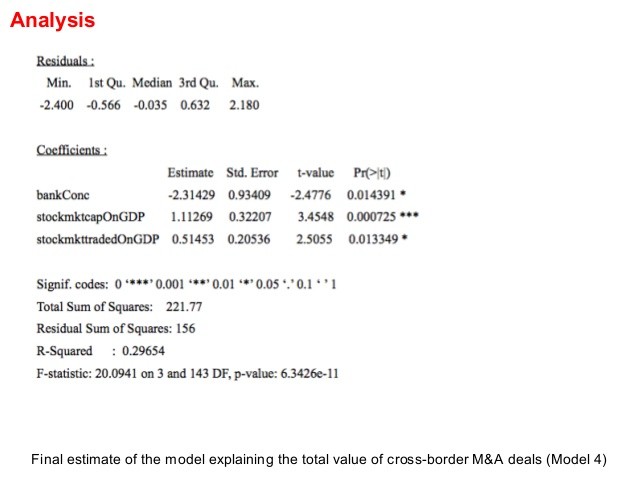Sectors explained Mergers Acquisitions
Post on: 16 Март, 2015 No Comment

Mergers and Acquisitions
Big deals, sharp suits and intense competition
When people think of investment banking, it’s invariably the sharp-suited individuals working on big deals in the mergers & acquisitions (M&A) team. Because of its glamorous reputation, it is one of the most competitive sectors to break into.
As the name suggests, M&A teams in investment banks advise client companies on mergers (where two companies join together as equals) and acquisitions (where one firm takes over part or all of another). Big investment banks only get involved with transactions worth at least $100m, and at the top end, the deals can be worth billions. A career in M&A demands considerable commitment. M&A bankers advise their clients at stressful and critically important periods in a company’s lifetime. Every deal is unique, and competition between banks is intense, so deadlines are tight and the hours can be punishing. Junior bankers can expect to be busy assembling the required financial information and legal documentation late into the night, if the deal demands it.
“A successful M&A banker should be a hopeless optimist because the reality is that the majority of prospective deals don’t happen for one reason or another,” says Jim Frawley, US head of M&A at Macquarie Capital. “You inevitably spend a lot of time and effort on things that never come to fruition – but to be successful, you cannot let that discourage you from working just as hard on
the next potential deal.”
Key players
M&A revenues have been harder to come by in recent years, with the overall deal value in 2012 falling by 47% since the boom of 2007, according to Ernst & Young. US players still dominate the market.
Roles and career paths
There is a relatively straight route up the career ladder in M&A. You start out at analyst level for three years, move up to associate for three years, then vice president, director (or executive director, depending on the bank) and managing director. Within those roles you have a chance to focus on sectors such as consumer, financials, oil and gas, or media and telecommunications.
The more senior you get in M&A banking, the more you’ll deal face-to-face with clients. At the junior level you may attend client meetings with more senior bankers but mainly you’ll be focused on complex financial modelling and research to compile the ‘pitch book’ – the document the firm uses to outline its ideas on which companies a client should buy or sell to.
As an analyst, your key tasks will also include working on these client service presentations. A lot of this will involve building a financial model, valuing a company or benchmarking it against its peers.
It is only later that you step away from the number crunching. The key difference between an analyst and an associate is that an associate takes a little more responsibility for the transactions and projects.
Pay and bonuses
First-year analysts in M&A earn an average of £45k ($68k) base salary and a bonus of between £16-28k ($25-42k), according to figures from UK recruiters Dartmouth Partners. On Wall Street total compensation for first-year analysts is $110k, according to headhunters Glocap.

Skills sought
Given that much of an analyst’s time is spent producing complex financial models used for company valuations, investment banks will expect you to come armed with mathematical skills and a keen aptitude for spreadsheets.
“You spend a substantial amount of time preparing, gathering information and synthesising it in such a way that helps clients make decisions that meet their objectives,” says Frawley. “Therefore, an effective M&A banker has to be strong on the quantitative aspects of the job, and effective at understanding deal dynamics, at identifying critical issues and at being creative and thoughtful in how to address them.”
Numerical skills are important, but they’re by no means the only things an M&A banker must possess. Banks expect you to be autonomous, a quick learner and, considering the long hours, able to maintain focus and accuracy under pressure.
“You should be willing to take responsibility and demonstrate the strong communication and interpersonal skills that are needed in order to work successfully with clients and in teams,” says Brian O’Keeffe, vice president, investment banking division, EMEA at Goldman Sachs.
The analyst role is a launch pad for your M&A career, so banks will also expect to see evidence of the skills required further down the line. Frawley says that senior bankers spend their time “developing and nurturing client relationships, originating new business and managing the execution of projects”. Suffice to say, wallflowers need not apply, but any good investment banker also needs business acumen and a ability to think longer-term beyond the current deal.
M&A deals are also all about team work, so you should feel comfortable working with a range of colleagues across various departments and geographies: “You need to be able to learn quickly, have an innovative mindset, be a true team player and have the ability to interact with colleagues and clients across the globe,” says Mark Barbour-Smith, COO for M&A, EMEA at Credit Suisse.














